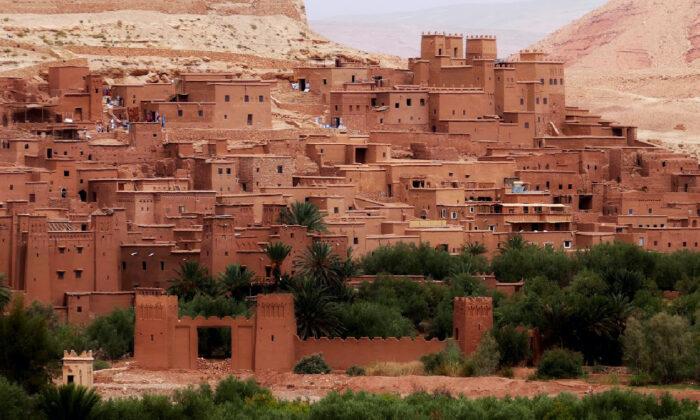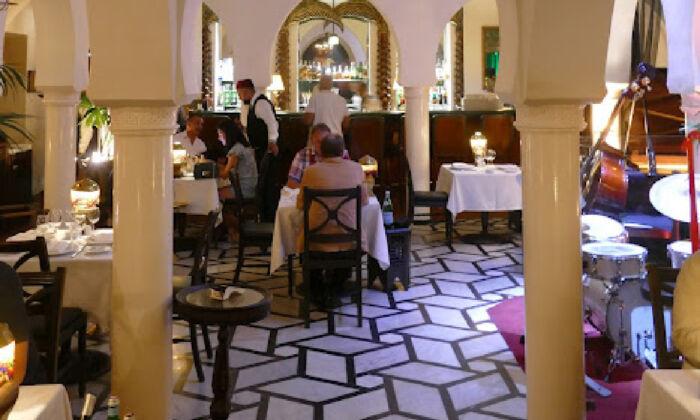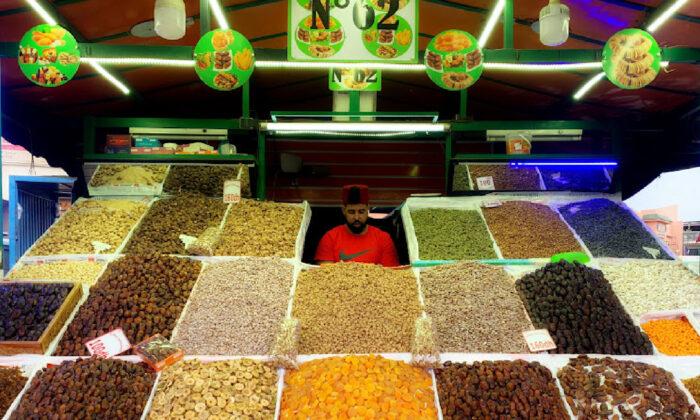During our recent visit to Morocco, my husband and I saw elegant palaces, huge mosques, and eye-popping markets in the cities of Rabat, Fes, Marrakech, and Casablanca—each of which had its own distinctive character. But often it was the small events between the major ones—the roadside stops, the bits of information we learned, and the people we met—that we found most memorable.
En route to Fes, for example, we made a stop at Volubilis, the largest of the Romans’ 17 colonies established in the country between the first century B.C. and the second century. Now a UNESCO World Heritage Site, its excavated columns, archways, and colorful mosaic floors are the best-preserved of all the sites in Morocco and present a vivid picture of what life might have been like 2,000 years ago.
The hilltop location yields views of the countryside in all directions and groves of olive trees everywhere we looked. It was here that we learned that olive trees never die completely. While their trunk and branches don’t live forever, the roots send out fresh sprouts that generate new trees.
We also learned to watch for large nests in high places where European storks make their homes. The ruined columns here made for prime real estate.
Our next stop was Meknes, another UNESCO World Heritage Site and a city built by Sultan Moulay Ismail. The ruler was both a fierce warrior and an aggressive builder who in the 17th century robbed the 360-room Palais El Badii in Marrakech of its gold and marble to decorate his own digs.
But our favorite place here was the Dar Jamai Museum of architecture and music. We learned about the instruments local musicians play and the costumes worn by various tribes as they sing and dance to their folk songs. When we attended a musical performance later in the trip, we felt like experts.
After leaving Fes, we drove inland, across the fertile plains and through the Middle Atlas Mountains, taking in the cedar forests along the way. Our guide had said we might catch a glimpse of some Barbary apes, but we got much more than we had hoped for. In fact, these animals aren’t the “apes” we had expected at all but rather macaques that were used to being treated well by travelers. I purchased some peanuts from a local and fed them to a mother by placing them into her tiny primate hand, and soon, I realized her children were tugging on my pant leg, also begging to be fed.
Our destination was Erfoud and the Sahara, which means “desert” in Arabic. That being the case, it was here that we stopped saying “Sahara Desert,” much as we had learned earlier to stop saying “pita bread” since “pita” is Arabic for “bread.”
In Rissani, once a staging area for camel caravans heading to sub-Saharan Africa, we visited a fossil store and learned how they are removed from slabs of rock that are quarried nearby. The gift shop contained everything from tables and wine racks to fountains and toilets—beautiful but a bit too heavy for our suitcases. Since our plans included riding camels in the desert later in the day, we popped into a shop to buy the turbans we'd need to keep the sand out of our faces in case the wind picked up.

That evening four-wheel-drive vehicles took us into the desert, where we mounted our camels and rode up a dune. When our 45-minute ride was over, our hosts had dinner waiting for us under a luxurious tent far away from everything. Later, we listened to live musicians as we watched a full moon rise.
Our trip through the High Atlas Mountains presented one dazzling scene of natural beauty after another—a bit like seeing the Grand Canyon and the Rocky Mountains all at once. We stopped at the Todra Gorge to admire the sheer rock faces on either side of a narrow river, and it was here that I met the young man who invited me to come live with his family and be his mother. In this area were several date farms, and since they were in season, we were lucky enough to be able to sample several different varieties.
Our bus carried us through the “Route of a Thousand Kasbahs,” a region of fortresses with elaborately decorated facades where people still live, and past an encampment of Berber nomads, whose stick-and-rag homes stood ready to be dismantled and reconstructed wherever their sheep led them next. The Berbers are Morocco’s indigenous people who are trying to reclaim their culture by resurrecting their native language. We were lucky enough to meet a Berber woman who was identifiable by the traditional tattoo on her face.






